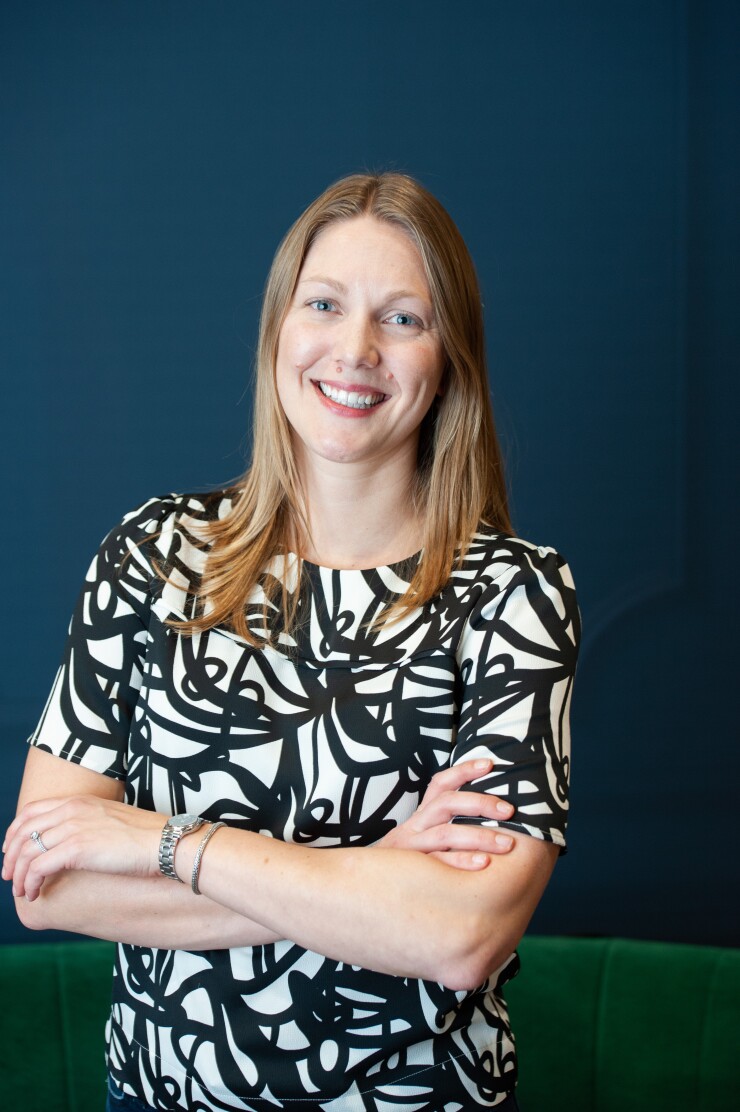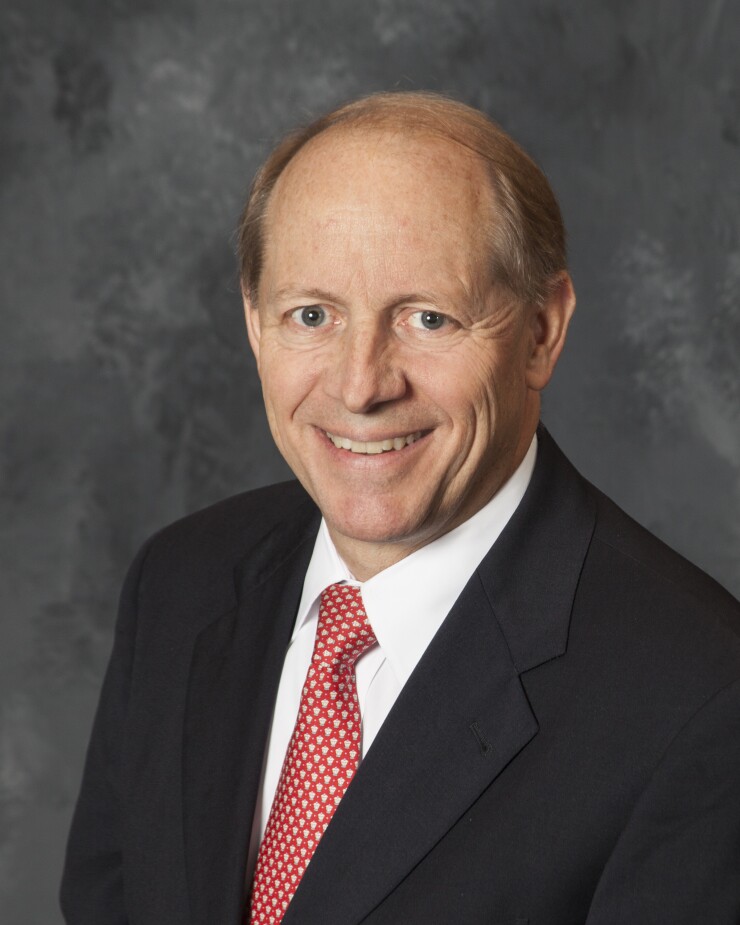
The
This massive undertaking by the Salt Lake City regional bank, which saw its transition from multiple core providers for different products to the TCS BaNCS system from Tata Consultancy Services in Mumbai, India, was "a blockbuster deal," said Brad Smith, a partner at Cornerstone Advisors. At the time, other deals signed with international cores in the U.S. had flamed out or resulted in lawsuits, halting the market and pushing regional banks to wait and see.
"Most people from the outside would say it was the first successful large-scale U.S. bank core transformation from an international core provider," said Smith.
The first discussion with the
"It's surreal to spend so much of your life working on this large transformation," said

Some impact at the bank has already been felt, such as real-time access to data and confidence in completing a highly complex project. But the legacy for the rest of the industry is more uncertain.
"What has been surprising is that this wasn't the beginning of the floodgates," said Smith, who has consulted with banks on their cores for more than 30 years. Although a few other banks have since signed with international vendors, including the Jefferson City, Missouri-based Central Bank with Tata in 2024, "it didn't have the industry impact that many of us hoped that it would."
From the outside, not everything looked rosy. Zions' core transformation took roughly three times longer than expected and was more expensive than originally planned. (Zions' board did not approve the funding for the project all up front. Instead, it established specific funding gates at various stages in the project.) The scope of the project was also daunting because technology does not stand still. For example, Zions invested more in application programming interfaces and data streaming capabilities between the second and third phases than it expected to. It took an extra year to integrate a new API engine before converting the deposit system.
Faster decisions, a wider net
The lessons the $87.6 billion-asset bank gleaned could be instructive for other banks undergoing major transformations.
For one, Koontz points out that the bank did not make decisions quickly enough early on.
"On our deposits side we had 30 teams working in parallel," she said. "One team getting delayed creates a domino effect."
To solve this issue, Zions devised a decision-making framework, with criteria for who owns a decision and when teams could make decisions at their level, rather than elevating them up the chain. The core transformation teams also moved to an agile methodology in 2019.
Another crucial turnaround was engaging more business leaders in 2017 to ensure the project did not rest solely in the domain of technology.
"We needed to be working more directly with the people living and breathing the needs of the bank day to day," she said.
Smith believes successful core transformation projects have active engagement beyond the technology side of the business — that is, from front and back office leadership and employees, such as those in the branch or who oversee loan operations and deposit operations who benefit most directly.
The bank invested heavily in test automation in 2017, rather than only relying on humans to perform manual reviews.
TCS's international nature presented other complexities. Zions embedded compliance employees on agile scrum teams. "There are very specific regulatory requirements in the U.S.," said Koontz. For instance, norms around five-day settlements and customer expectations are different than in other countries. "The project was much larger than if we had picked something off the shelf from another vendor in the U.S."
The effort felt worthwhile.
"We looked at tried and true core banking vendors in the U.S. and we did not think the technology they offered was modern enough at the time in 2012," said Koontz. "That could still be said today."
In a February 2014 earnings call,
But, "that's also one of the strengths," he said at the time. "They are highly focused on getting it right."
Its numerous installations worldwide gave him confidence.
"I was looking for a vendor that would be there for the very, very long haul," Simmons said in a recent interview.
Smith divides the current
"Core providers will be pushing changes to customers no matter what," said Koontz. "My advice to banks is to be in the driver's seat of your technology destiny rather than being pushed along by the vendors you use today."
What Zions learned and what's next
This project did more for Zions than modernize its core system. It also simplified its operations, according to bank executives.
"It's like moving into a new house," said Simmons. "You end up decluttering your existing house before you move."
Zions, which is made up of seven regional brands, primarily from acquisitions, used multiple platforms to service loans and deposits. It whittled 500 deposit products down to approximately 100 and standardized other processes, such as branch and loan operations.
"At a high level, it has forced us to operate as a single organization as opposed to a series of fiefdoms," said Simmons.
Some banks are gravitating toward API connectivity to build an "ecosystem of applications." Others like a one-stop-shop or ready access to executives.
The completion of its commercial loan phase in 2019 meant the bank could bear the load of Paycheck Protection Program loans in 2020. Simmons says more readily accessible data has made it easier and more intuitive for front-line employees to serve customers and has reduced training time. He believes real-time processing will help the bank catch fraud faster.
Going forward, Zions plans to delve deeper into artificial intelligence and

Competencies within the company have also changed.
"I kept noting as we went along that our people got better and better at managing the complexity of a project like this," he said. "Early on you're missing lots of deadlines and budgets."
When you are wrapped up in a decade-long project, you also learn something about yourself.
For Koontz, who will start running Zions' treasury services and payments business in September, that was being persistent in achieving a vision despite doubters, mostly from the outside but also from inside of the bank.
"Everyone knows that being a super early adopter comes with bumps and surprises," said Smith. "But they've had success."






